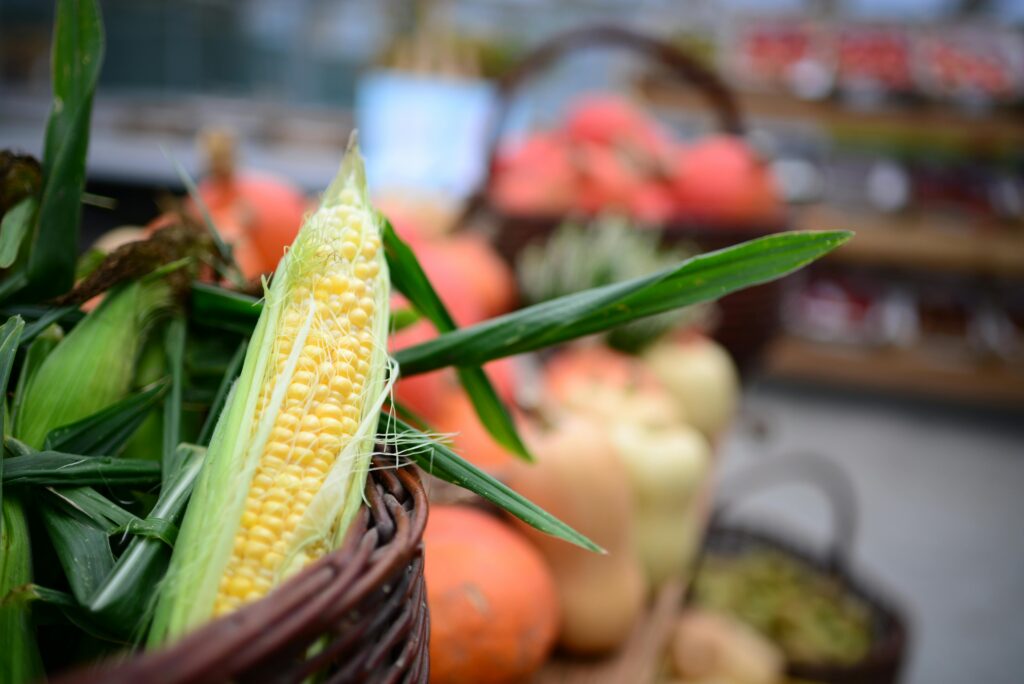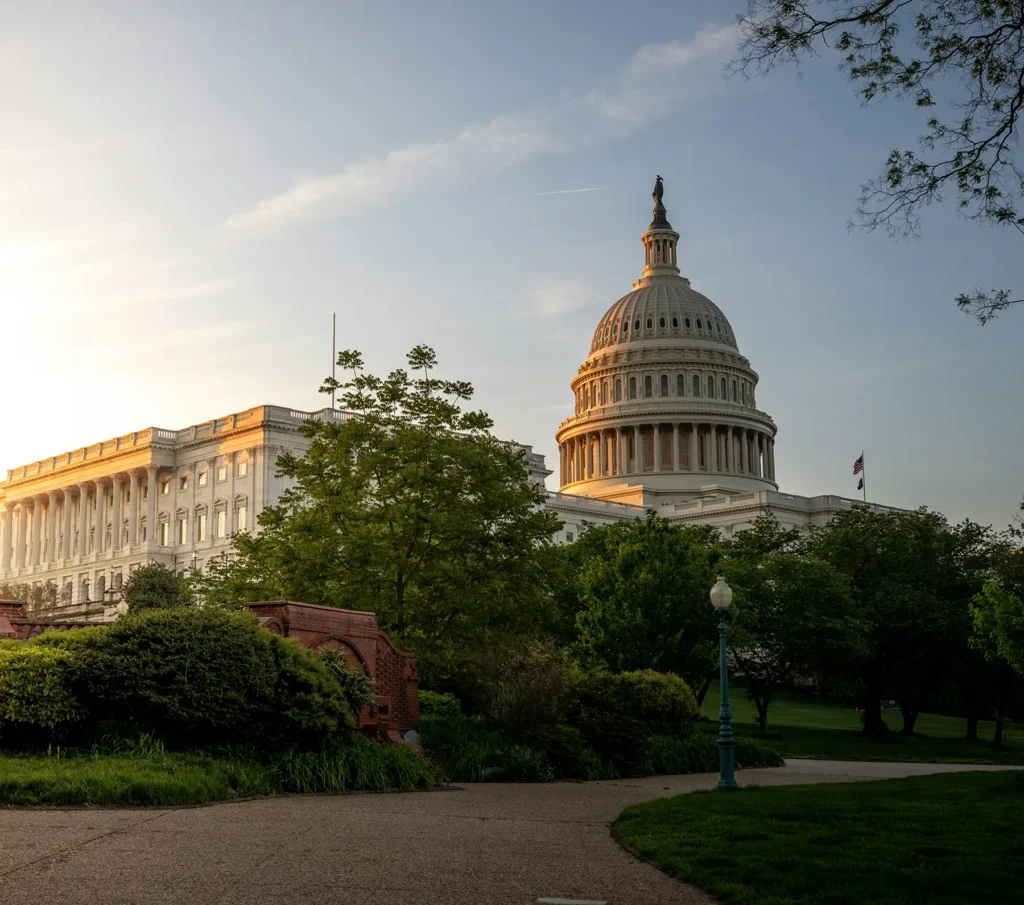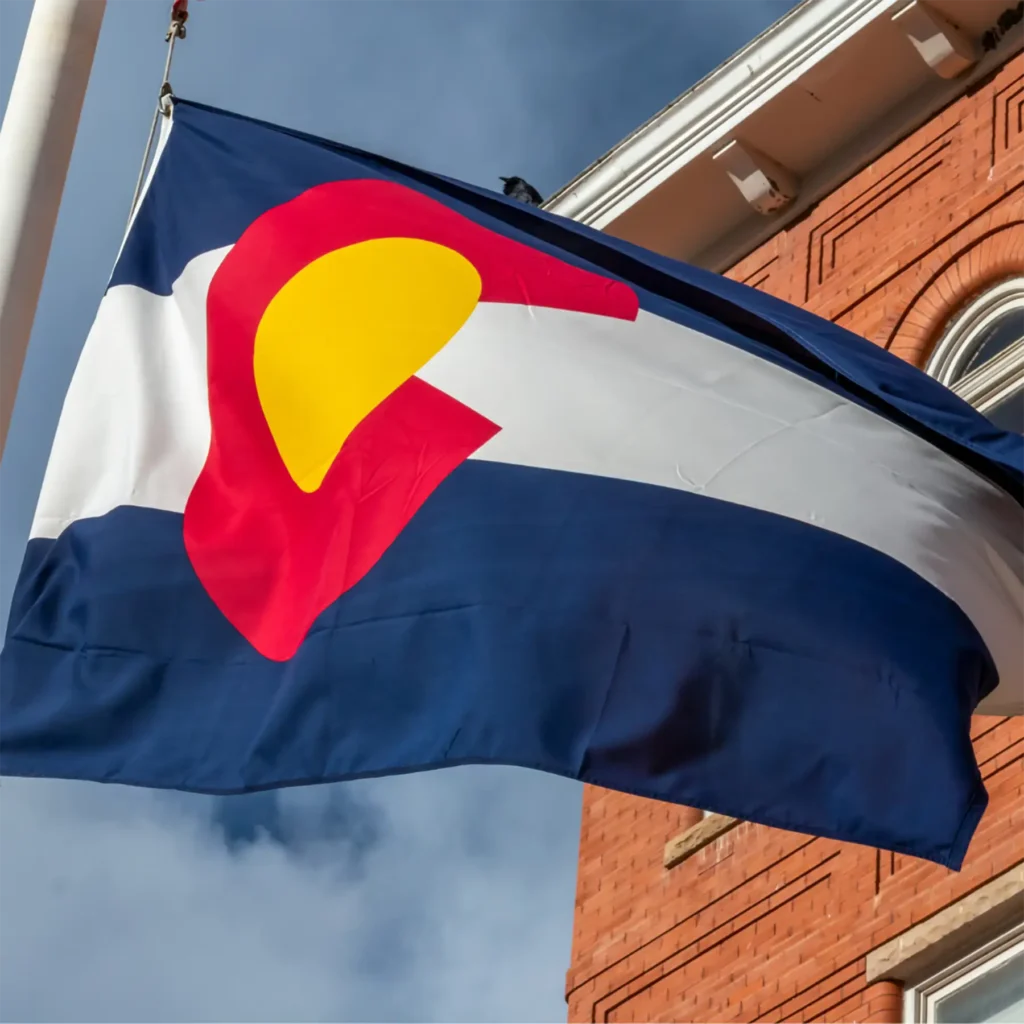Late last month, the Trump administration announced that it would terminate the annual Household Food Security Report, ending a 30-year precedent that has been the nation’s most trusted measure of hunger and food access. For decades, this report has helped advocates, state agencies, and legislators understand where hunger persists, how policies are working, and which communities need the most support.
The administration cited “redundancy” and “politicization” as justifications for ending the survey, but the timing tells a different story. Following the passage of H.R. 1 – the President’s big budget bill, which slashes the Supplemental Nutrition Assistance Program (SNAP) by nearly $186 billion over the next decade – this move is part of a coordinated effort to undermine transparency, weaken accountability, and limit public understanding of hunger in America. The final report is expected later this month and will be the last of its kind.
Without this data, lawmakers and advocates will no longer be able to track how cuts to SNAP and other nutrition programs are worsening hunger and poverty. It’s a deliberate step by the administration to hide the impact of recent cuts to federal nutrition programs and other essential safety net programs.
Adding to the harm, the administration also proposed a new rule that would make it harder for small retailers to become or remain SNAP-authorized. The rule would impose stricter stocking requirements and disqualify certain pre-packaged foods from being counted as eligible items.
While these changes may sound minimal, their impact is real and devastating. Small, independent retailers, especially those in rural or low-income communities, will bear the heaviest burden. Many of these stores already operate on razor-thin margins; new stocking mandates and SNAP restrictions mean higher costs, fewer sales, and, in many cases, the impossible choice between staying open or shutting down.
When small retailers close, entire communities lose access to affordable, nutritious food, deepening food insecurity. These changes come under the guise of the Make America Healthy Again (MAHA) movement, citing the need to reduce and regulate consumer diets by restricting access to foods deemed “unhealthy”. But these changes make America hungrier.
If we’re serious about improving the health and well-being of people across the U.S., we must defend both the systems that keep people fed and the data that drives policy decisions.
Want to stay informed and engaged around these matters? Here are three ways to do that:
- Participate in our monthly Data & Evaluation Committee to collaborate with your peers on how we can work together toward a future where food security data is equitable, accessible, and transparent for Colorado.
- Join our bi-weekly Policy Committee to help shape and advance policies that build sustainable, equitable food systems—centered on the voices and priorities of communities most affected by hunger.
- Sign up for our policy & advocacy action alerts and our general newsletter.
By Dayana Leyva, Policy Manager



